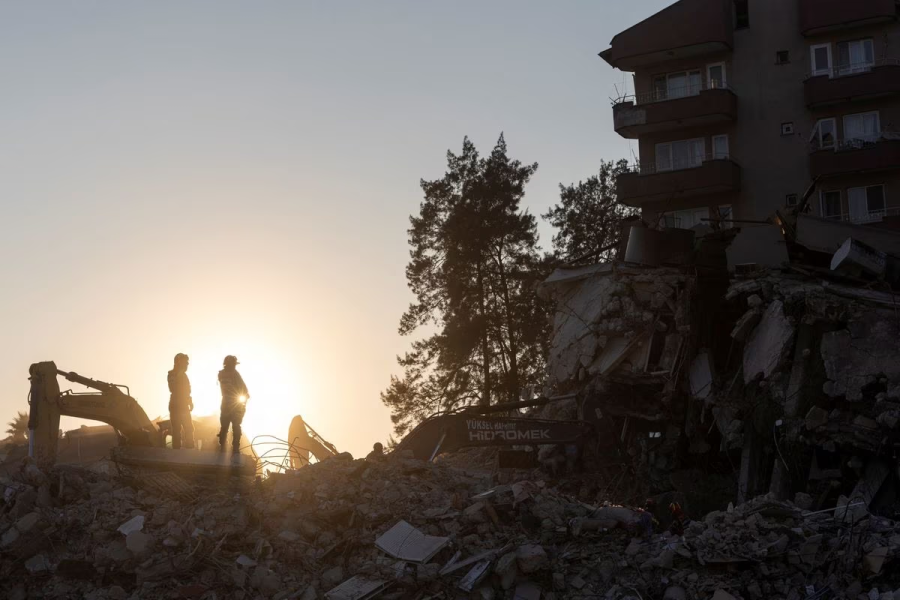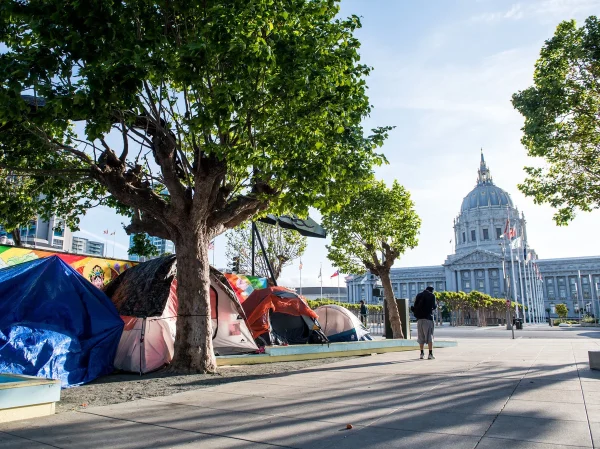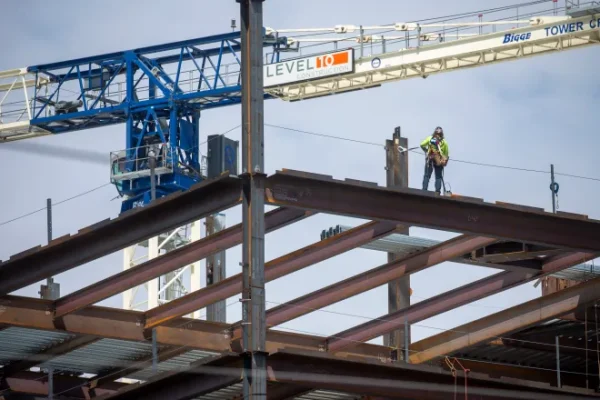Too Little, Too Late: Earthquakes Shatter Turkiye and Syria
February 22, 2023
A 7.8 and 7.5 magnitude earthquake shook the bordering countries of Turkiye and Syria on Feb. 6, 2023. Over three weeks later, the death toll is still rising and the two countries are left in peril due to lackluster government response, lack of aid, and aftershocks.
The earthquake, referred to as Kahramanmaras, has killed over 47,000 in total as of Feb. 21. In the face of tragedy, many nations and humanitarian organizations around the globe have offered material and logistical aid to the affected countries. President Biden has stated that his administration will be working “very closely” with Turkiye, sending two 79-person rescue teams to help with search efforts.
To ease the delivery of humanitarian aid, the United Nations have opened borders between “the two crossing points of Bab Al-Salam and Al Ra’ee from Turkiye and Syria for an initial period of three months,” as announced by the UN Secretary-General, António Guterres in an official statement.
Turkiye’s supposed earthquake-proof apartments have been reduced to debris, highlighting the faulty construction quality of new developments to an outraged public. The collapse of “Ronesans Residanze” — a luxury 249-apartment block — has become an especially egregious example of corrupt urban development practices.
With millions now made homeless, families still cling to hope that their loved ones are alive beneath the rubble of what used to be their homes. Speculations continue to swirl whether or not the affected houses — once promised to be safe — were built to endure any type of disaster at all, and if the intensity of damage could’ve been less if it weren’t for poor quality control and loose government oversight.
Recep Tayyip Erdogan, Turkiye’s president of two decades, is unsure of who to blame for the shoddy construction and the delayed response following the fallout of the earthquake. Rescue efforts require immediate action; meanwhile Erdogan’s response took days to reach those in need, unable to rescue victims in a timely manner.
Since the incident, Erdogan pointed a finger at “fate” for the mass destruction, but geological indicators prove that this mass disaster were foreseen since 2020 with the earthquake of Elazig.
Aside from a decade-long civil war, the earthquake adds to Syria’s mounting list of challenges. Syrian hospitals are at capacity as doctors are unable to keep up or tend effectively to the growing number of patients.
Doctors, responders and Syrians are struggling to keep up with the increase of injuries, as aid doesn’t help efforts to its best ability. Rescue teams in Syria — with little support from the international community — are left to their own devices, picking apart rubble in search for bodies and any signs of life.
“The resistant infrastructure is unfortunately patchy in South Turkiye and especially Syria, so saving lives now mostly relies on response. The next 24 hours are crucial to find survivors. After 48 hours the number of survivors decreases enormously,” Dr. Carmen Salona of University of Portsmouth says.
During difficult times, miracles can still happen. There have been multiple reports of found children and family members who have survived nearly 200 hours under ruins in cold conditions and without access to water. In Turkiye, a total of 131 suspects have been identified and 113 arrests have been issued for unethical construction practices and ties to corrupt contractors, inspiring hope in the public that justice will be served.
















